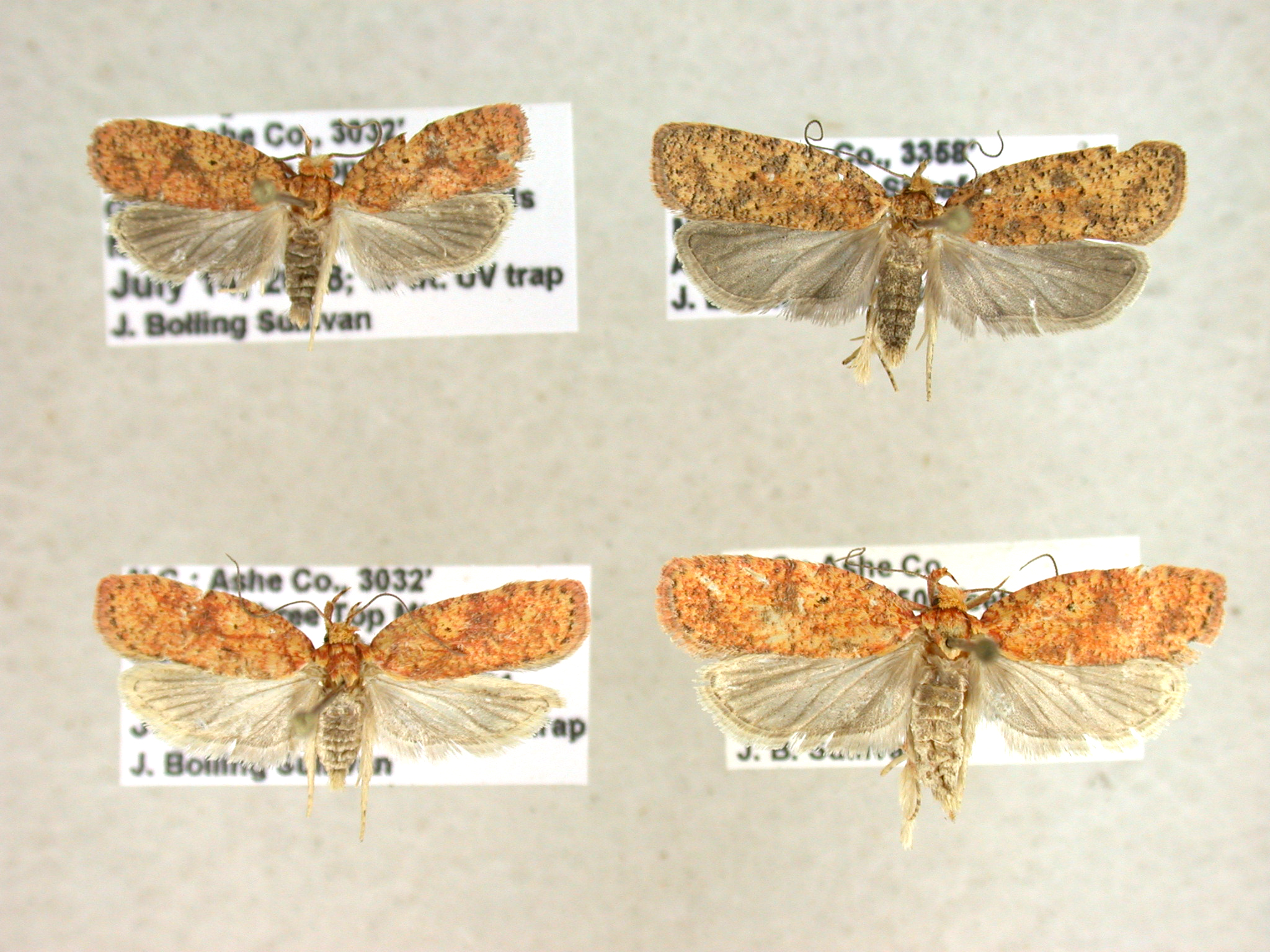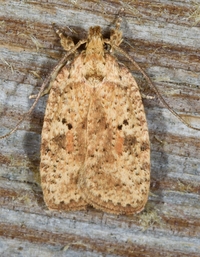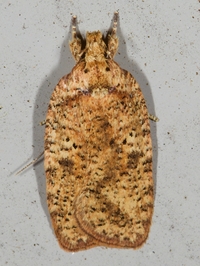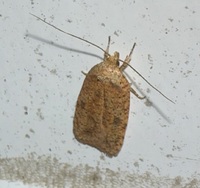
| Recorded by: Marilyn Westphal on 2025-10-12
Henderson Co.
Comment: | 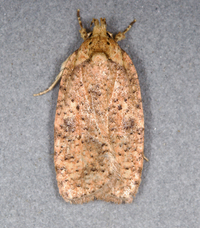
| Recorded by: Jim Petranka on 2025-09-29
Madison Co.
Comment: |

| Recorded by: Jim Petranka on 2024-10-22
Madison Co.
Comment: | 
| Recorded by: Jim Petranka on 2024-10-03
Madison Co.
Comment: |

| Recorded by: David George, Jeff Niznik on 2024-08-06
Transylvania Co.
Comment: | 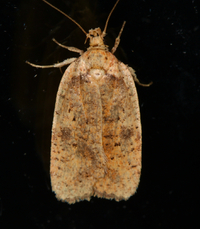
| Recorded by: Jim Petranka on 2023-11-09
Madison Co.
Comment: |
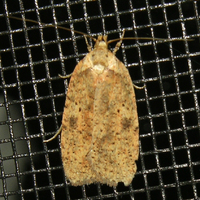
| Recorded by: Owen McConnell on 2023-10-25
Graham Co.
Comment: | 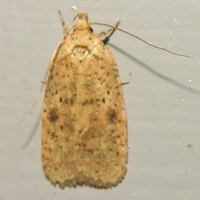
| Recorded by: Owen McConnell on 2023-10-01
Graham Co.
Comment: |
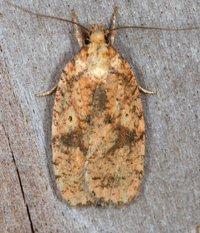
| Recorded by: Jim Petranka, Bo Sullivan and Becky Elkin on 2023-09-15
Macon Co.
Comment: | 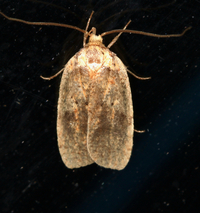
| Recorded by: Jim Petranka, Bo Sullivan and Becky Elkin on 2023-09-14
Macon Co.
Comment: |
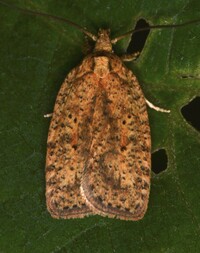
| Recorded by: David George, Stephen Dunn, Jeff Niznik on 2023-07-31
Macon Co.
Comment: | 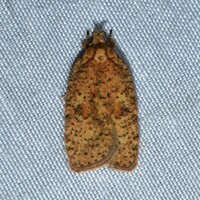
| Recorded by: David George, Stephen Dunn, Jeff Niznik, Rich Teper, Becky Watkins on 2023-07-30
Swain Co.
Comment: |
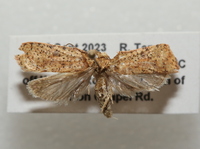
| Recorded by: David George, Rich Teper on 2023-07-30
Swain Co.
Comment: | 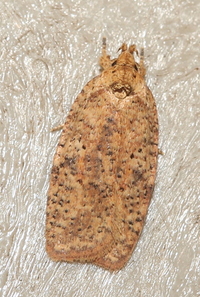
| Recorded by: David George, Stephen Dunn, Jeff Niznik, Rich Teper, Becky Watkins on 2023-07-29
Swain Co.
Comment: |
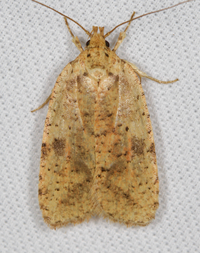
| Recorded by: Jim Petranka on 2022-11-05
Madison Co.
Comment: | 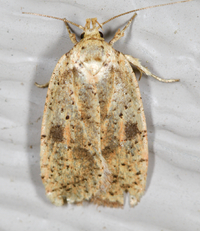
| Recorded by: Jim Petranka on 2022-10-24
Madison Co.
Comment: |
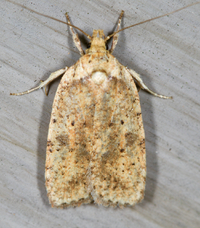
| Recorded by: Jim Petranka on 2022-10-16
Madison Co.
Comment: | 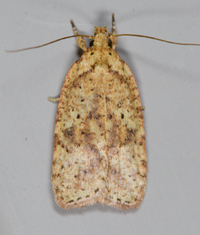
| Recorded by: Jim Petranka on 2022-10-15
Madison Co.
Comment: |
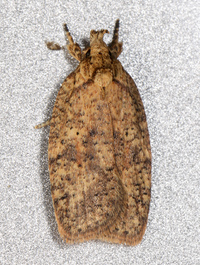
| Recorded by: John Petranka on 2022-08-08
Watauga Co.
Comment: | 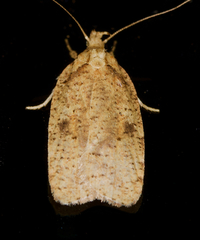
| Recorded by: Jim Petranka on 2021-10-24
Madison Co.
Comment: |
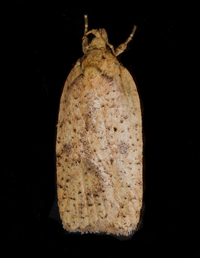
| Recorded by: Jim Petranka on 2021-10-14
Madison Co.
Comment: | 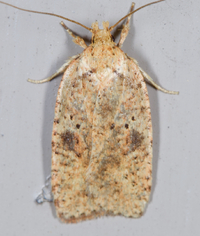
| Recorded by: Jim Petranka on 2021-10-09
Madison Co.
Comment: |
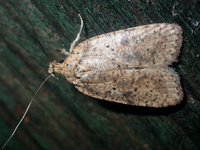
| Recorded by: tom ward on 2021-10-04
Buncombe Co.
Comment: | 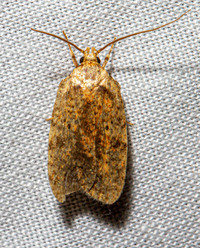
| Recorded by: Stephen Hall on 2021-09-13
Ashe Co.
Comment: |
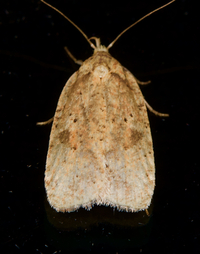
| Recorded by: Jim Petranka on 2020-11-10
Madison Co.
Comment: | 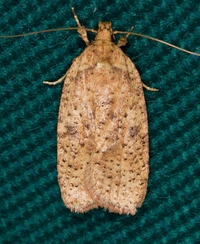
| Recorded by: Jim Petranka and Becky Elkin on 2020-09-23
Madison Co.
Comment: |
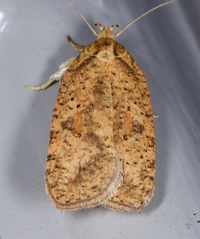
| Recorded by: Jim Petranka and Becky Elkin on 2020-09-13
Madison Co.
Comment: | 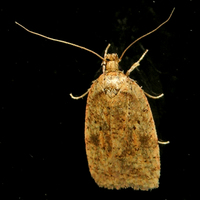
| Recorded by: Owen McConnell on 2019-10-15
Graham Co.
Comment: |
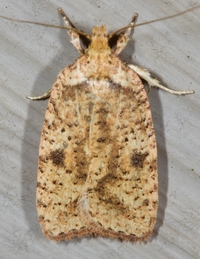
| Recorded by: Jim Petranka and Becky Elkin on 2019-09-26
Madison Co.
Comment: | 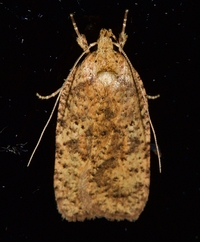
| Recorded by: Jim Petranka and Becky Elkin on 2019-09-23
Madison Co.
Comment: |
|

 »
»